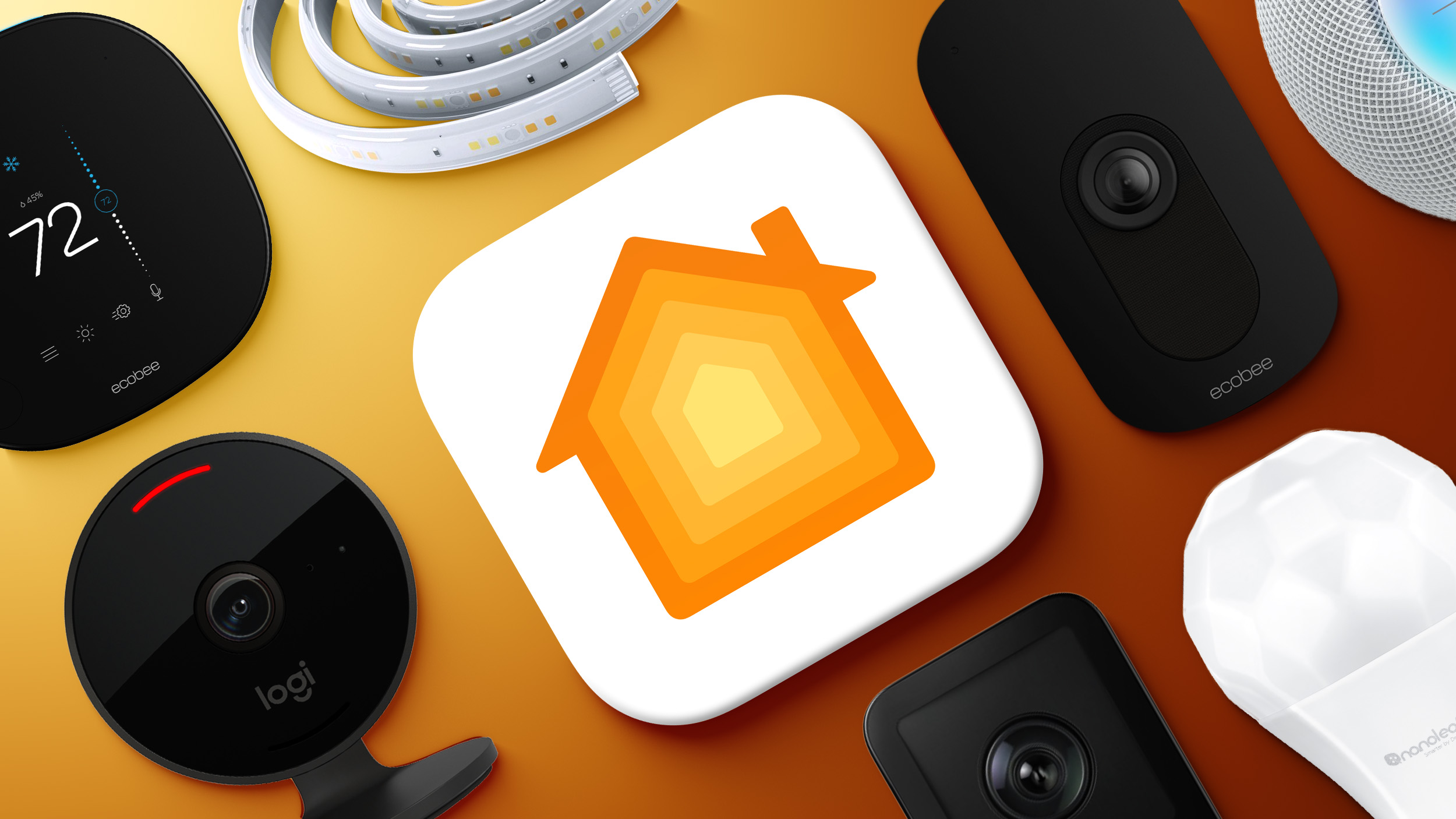
Apple is officially ending support for the prior version of Apple Home this year, and the company has been encouraging users to update to the new HomeKit architecture by that time to avoid interruptions with accessories and automations.

So far, Apple has warned that support for the current version of Apple Home is ending soon and asked users to upgrade, but it appears some homes that have yet to transition to the updated architecture will be moved over automatically.
In the latest beta of iOS 18.6, there is code that says automatic upgrades are coming.
Prior versions of this message did not mention the possibility of an automatic upgrade, but it makes sense for Apple to ensure that HomeKit users who aren't checking the Home app settings won't experience an interruption in service when iOS 26 rolls out this fall. Apple does not clarify the criteria for the automatic upgrade, so it's not clear who will need to do the manual update.Support for your current version of Apple Home will end this fall. Some homes will be automatically updated at that time, but others need to be updated manually. You can update now to avoid interruptions with your accessories, automations, and critical alerts.
Apple first introduced the updated HomeKit architecture in December 2022, but users ran into issues with missing devices, home sharing invitations that didn't work, and problems with HomeKit Secure Video, so Apple pulled the update. It then rolled out again in March 2023 alongside iOS 16.4, and it has been stable since then.
The new HomeKit architecture does not work on devices that are running older versions of iOS, iPadOS, and macOS, so this fall, some users will be unable to control their HomeKit setups on Apple products that aren't able to run at least iOS 16 or macOS Sonoma.
Apple's HomeKit upgrade adds support for guest access, robot vacuum cleaners, and Activity History. It also offers faster, more reliable performance for smart homes with a lot of HomeKit and Matter accessories installed.
If you haven't upgraded to the new architecture, it can be installed in the Home app by tapping on the More button, choosing Home Settings, and selecting Software Upgrade.
Article Link: Still Running Old HomeKit Architecture? Apple is Planning Automatic Upgrades

